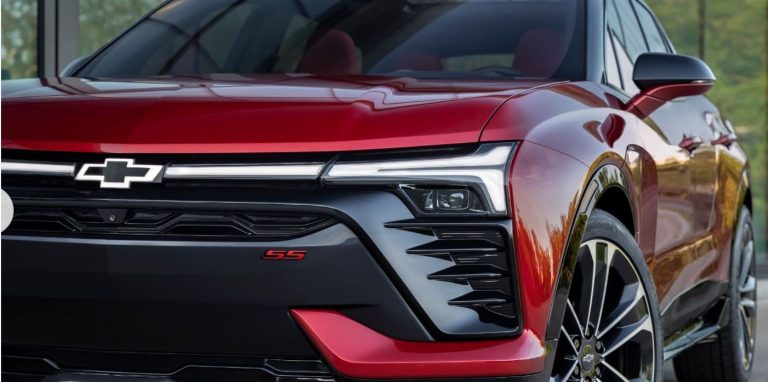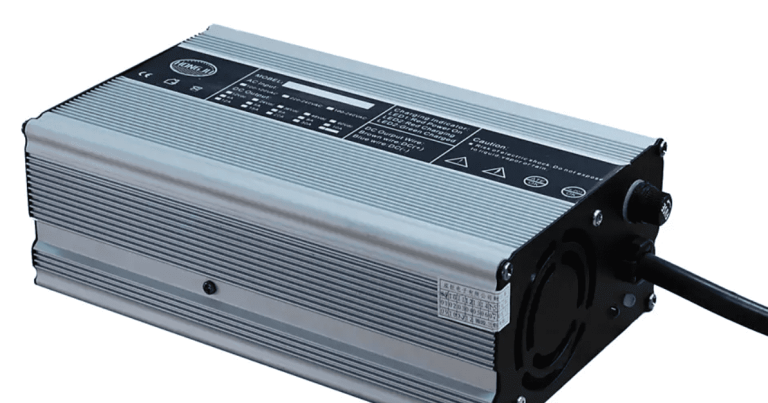How often should i charge my ev to 100?

How Often Should I Charge My EV to 100%?
Since it largely depends on battery chemistry, daily driving patterns, and charging accessibility, there is no one-size-fits-all answer to the question of how frequently to fully charge an electric vehicle. Charging to 100% should be an exception rather than a daily occurrence for the majority of EV owners, mainly saved for long-distance trips when you need the maximum range. Avoiding continuously keeping the battery at either extreme—completely full or completely empty—is the fundamental rule for optimizing long-term battery health. For everyday use, it is preferable to maintain the state of charge in the middle range.
The chemical makeup of your car’s battery is the most important consideration when determining how frequently to charge it to 100%. Lithium Nickel Manganese Cobalt Oxide (NMC) or Lithium Iron Phosphate (LFP) are the two types of lithium-ion batteries used in the majority of electric vehicles currently on the market. Each has unique traits and suggested maintenance practices. Energy-dense NMC batteries, which are found in many Teslas, Volkswagens, and other brands, are more vulnerable to stress at high charge levels. Consistently maintaining an NMC battery at 100% speeds up chemical deterioration, which eventually results in a quicker loss of driving range. Setting your daily charging limit to 80% or 90% is generally advised for these batteries. You only need to charge to 100% when preparing for a long journey. Some experts even suggest that for every five or six charging sessions, you can do one full charge to help the vehicle’s computer calibrate its range estimation, but this is not always necessary. On the other hand, LFP batteries, used in standard-range Tesla Model 3s and Model Ys, as well as many Chinese-made EVs, are more robust and chemically stable. They suffer far less degradation from being kept at a full charge. In fact, manufacturers like Tesla explicitly recommend charging LFP batteries to 100% at least once per week. This regular full charge is crucial for the battery management system to accurately calibrate and display the vehicle’s remaining range and state of charge. For daily use, there is no harm in charging an LFP battery to 100%.
Your daily driving patterns are another essential element to consider. If you are a typical commuter who drives relatively short distances each day—say, less than 50 miles—there is simply no need to charge to 100% every night. Doing so with an NMC battery would be akin to consistently revving a car’s engine to its redline while sitting in traffic; it creates unnecessary stress for no practical benefit. A much healthier practice is to use your car’s scheduled charging features to maintain a charge level between 30% and 70% or 80%. For instance, you can recharge your battery every two or three days to bring it back up to your desired daily limit, like 70% or 80%, if you only use 15% of it each day. This method reduces the amount of time the battery is exposed to high voltage, which is the main cause of aging. On the other hand, it is totally acceptable and advised to charge your battery to 100% right before leaving if you are going on a long-distance trip that will use the majority or all of its capacity. Because the prolonged high voltage is what damages the car, it is important to avoid leaving it at a 100% charge for days or weeks at a time.
How you handle your car’s maximum charge level also depends on how you charge it. The most gentle and advised method for frequent use is level 2 AC charging at home. If higher states of charge are required, the slower, cooler charging method is perfect. You should be even more careful not to charge to 100% if you frequently use a public DC fast charger. The rationale is that DC fast charging works best and most efficiently in the middle of the battery’s range. The charging speed drastically decreases to prevent damage to the battery once it reaches about 80% state of charge. The final 20% can take almost as long as the first 80%, during which time you are paying more for electricity and subjecting the battery to extended periods of high stress from the high-power charging. Therefore, when using a fast charger, it is best to stop at 80% unless you absolutely require the extra range to reach your next destination.
The charging strategy is also influenced by environmental factors, especially temperature. Regularly charging to 100% and then leaving the car parked in the sun can be especially harmful during the sweltering summer months. A fully charged battery produces more heat, which is a major hindrance to battery longevity. In order to prevent the battery from remaining at full capacity in the heat for an extended period of time, try charging to 100% in the summer just before you leave. Battery efficiency decreases in the chilly winter months, and you may feel the need for a fuller charge to make up for the decreased range. While charging to 100% is acceptable, it is still better for an NMC battery to be driven soon after reaching full charge. A helpful winter tip is to precondition your car’s battery while it is still plugged in before you leave. This uses wall power to warm the battery to its optimal temperature, improving efficiency and range without putting additional cycles on the battery itself.
Finally, if you intend to leave your car parked and unattended for a long time, like when you go on vacation, you should modify your charging habits. One of the worst things you can do to a battery’s health is to leave it sitting for weeks, either fully charged or completely depleted. For long-term storage, a charge of about 50% is ideal. Age-related deterioration is reduced at this mid-level because the battery’s chemical reactions are at their most stable. Before you leave, charge or discharge your car to about 50% if you know it will be parked for a month or longer.
In conclusion, charging to 100% should be a strategic tool used for lengthy trips rather than a daily objective for the majority of EV owners with common NMC batteries. In fact, a weekly full charge is advised for people with LFP batteries. You can make a big difference in the long-term performance and health of your electric vehicle’s most valuable component by being aware of the type of battery you have, establishing reasonable daily charging limits, and only using full charges when necessary.





































































































































